Spotlight on Carolyn Van Houten
Feb 9, 2015
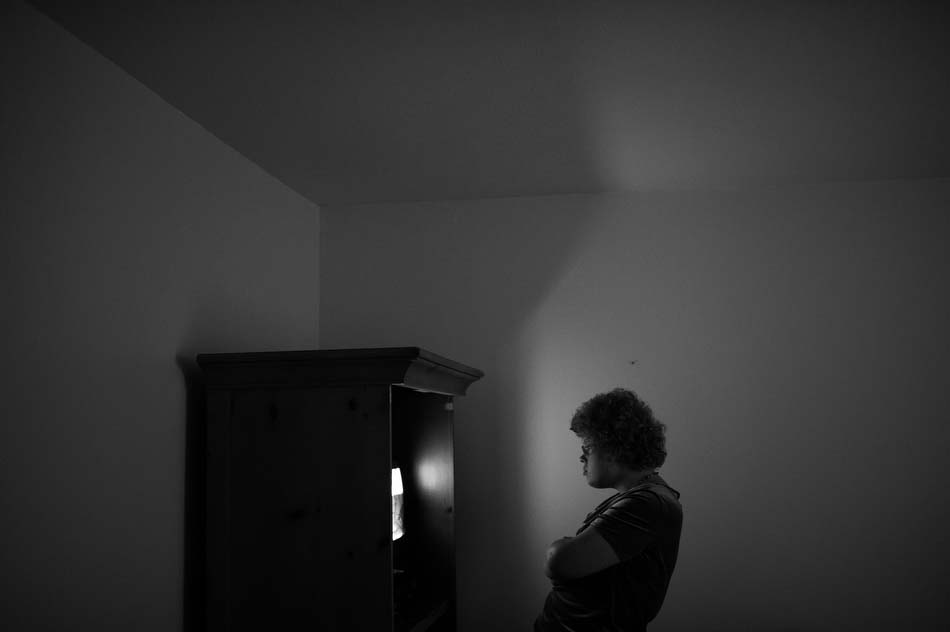
TID:
Thanks for your time, Carolyn. This image is hauntingly beautiful, can you tell us about its backstory?
CAROLYN:
Thank you for inviting me to talk about this image and Casey's story! It is an honor. I met Casey during my internship at The Herald in Jasper, IN. Casey has autism and is, for the most part, nonverbal. Both of her parents, Janice and Doug, are teachers. When Casey turned 22, she would no longer be able to attend high school, which meant that Janice and Doug had nowhere for her to go while they worked. One or the other of them would have had to quit their job, a move they could not afford to make. The timing of when I met the Thayer family was eerily perfect. When I met them on a daily assignment, I found out that Casey was going to attend her final prom with her mother that evening. The next day was her 22nd birthday--the birthday that was changing her whole life situation--and then two days after that Casey was moving into an assisted living home in Jasper.
If I had met them a day or two later, I would have been missing key narrative moments. The challenge of this was that I had to be able to establish an intimate trusting relationship with the family very quickly, in order to be allowed to document all of these emotional changes within just hours of meeting them. Fortunately, I have an extensive background working with and documenting people with autism, so jumping into a story like that was fairly natural for me. However, even more importantly, the Thayer family was incredibly open with me from the very beginning. They understood my purpose and were endlessly welcoming and happy to let me work with them to tell their story. I am deeply appreciative of that trust.
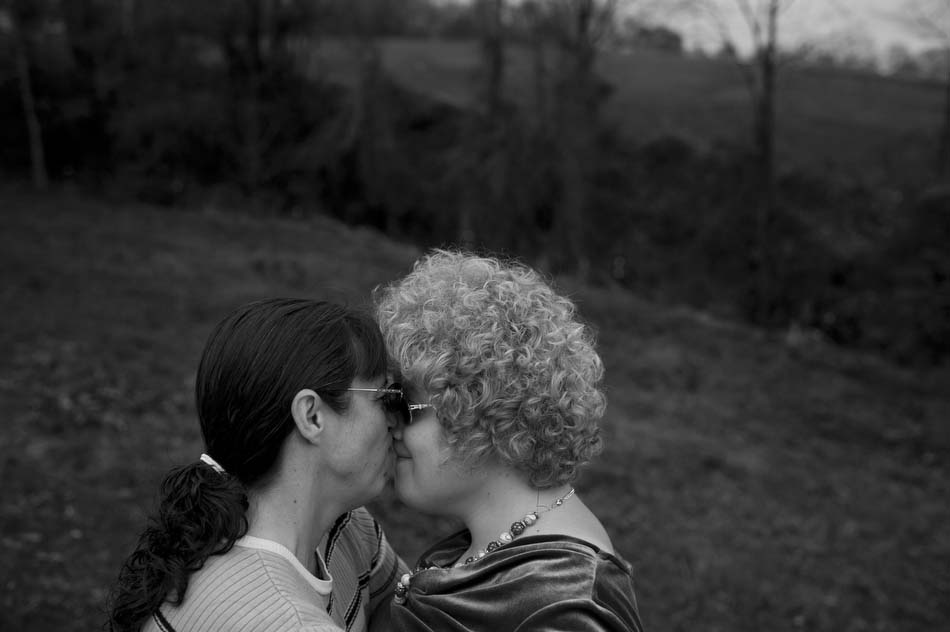
TID:
Since this is part of a larger project, can you tell us more about the overall project and what was your motivation?
CAROLYN:
Well, I see this image as a part of a multi-layer project. There is Casey's individual story, of course. Then there is the larger series of autism stories I have been working on for nearly three years now, called World Within Our Own, of which Casey's story has become a part. World Within Our Own is a look at various issues surrounding long-term care for people with autism and their families. By telling individual narratives that each address something different about the larger issue, I am hoping to create a more well-rounded and extensive project that can educate and inform those who do not understand these issues, as well as helping other families who are affected feel less isolated in the challenges they face every day.
Autism has been a part of my life for as long as I can remember. My mother started a therapeutic riding program for physically and developmentally disabled people called Rocking Horse Ranch when I was a child. I volunteered with the horses and, when I was old enough, with the riders. Once I learned to ride, I trained the therapeutic riding horses to work with the disabled. This training involved simulating sudden motions, weight shifts and loud noises, which desensitized the horses so that the riders would be safe. It was during that time that I came to have a passion for exploring how those with autism see the world. The second photo story I ever did was about a boy with autism named Jacob, who I had met through Rocking Horse Ranch. Jacob and his family taught me many of the fundamental aspects of living with someone with autism.
Jacob inspired me to keep working and exploring the more unexpected and subtle issues that surround autism. From there, I met Jim Johnsen, a 46-year-old who lives in an assisted living facility affiliated with UNC Chapel Hill, where I went to school. Jim and his story broke many of the stereotypes and expectations about the sterility and unhappiness of life in a permanent care facility. Finding the levity in the tragic helps people relate and care about the issues at hand. Jim brings that levity to every one of his days. At the same time I met Jim, I also met the O'Loughlin family, whose story and friendship has undoubtedly changed the course of my career and my life.
I care about these people because they often do not have a voice. They are trapped in their own minds, lashing out with frustration at their inability to share with the world their thoughts and feelings. I care about people with autism because I can help to give them a voice. I can be their megaphone when they want to shout from the rooftops. I care about people affected by autism because they are often talked about as if they cannot hear, think or feel…as if they are their diagnosis. In my eyes, that is one of the ultimate injustices in the world. When we have absolutely nothing else, we always have our thoughts, ideas and feelings. They may not always be based in what the rest of the world considers reality, but they are our reality. I firmly believe that those whose realities are dismissed should be given a second thought. That is my motivation.
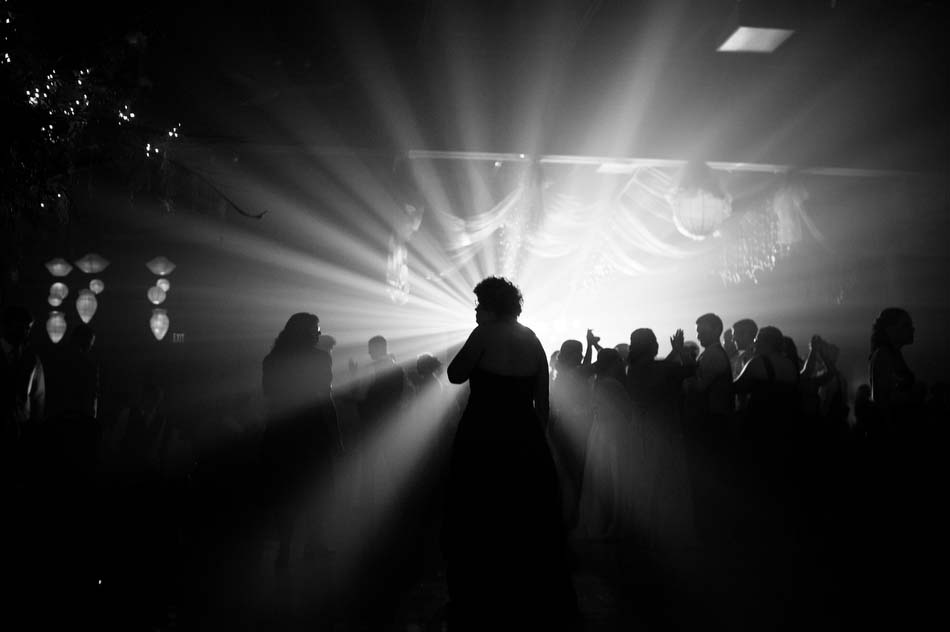
TID:
What challenges did you encounter while working to making these images, especially given the potentially tense nature at times?
CAROLYN:
One of the bigger access challenges for telling Casey's story and making this image specifically was an institutional challenge. The home that Casey moved into would not allow me to photograph either of the other two residents in the home, which meant that visualizing her new living situation and new "family" became very difficult. The access with the Thayers was never a problem and Casey was always open to it, so the access challenges tended to lay on the outskirts of the story.
The images from this scene--the images with the television and with the bed--were the most difficult for me to make personally, but not because there were visual or access challenges. These images were made the day that Casey moved into her new house--the first time she had lived away from her parents' home. Her new caretakers picked her up directly from school, so when she walked into her new house, the only face that was familiar to her was mine. Although we had never had a conversation and we had only met a few days before, Casey and I had a deep trust. I could see in her eyes that she wanted me there as a safety blanket. I wanted to be that for her, but as a journalist I couldn't be. It was a really painful moment for me. I just wanted to take her hand and be there for her, but I knew I couldn’t. I also knew that she was strong enough to get through it without me.
As soon as we stepped foot into the house, she was totally lost in her own head. That moment had passed without altering the course of her actions. However, my camera felt incredibly heavy every time I lifted it to my eye to make a picture of her laying face-down on the bed. Her eyes were dead. She was clearly overwhelmed with sadness. Here I was making photographs of that suffering, thinking about how to compose the scene unfolding in front of me. I felt the weight of my guilt about my role in this scene.
Several hours later, she slowly got out of bed and walked straight to me. We stood together, our faces inches apart, and she took my hands, holding them firmly. Although she couldn't tell me what she was feeling, I felt a sense of understanding in the way she looked at me and held my hands. That is when I realized that, in this case, I would have done her more of an injustice by not making those images. She and her family had let me into their lives and been endlessly open with me in order for me to tell the full extent of their story. If I had not made the images that were difficult to make in a key moment of transition for Casey, then I would not have been doing their story justice.
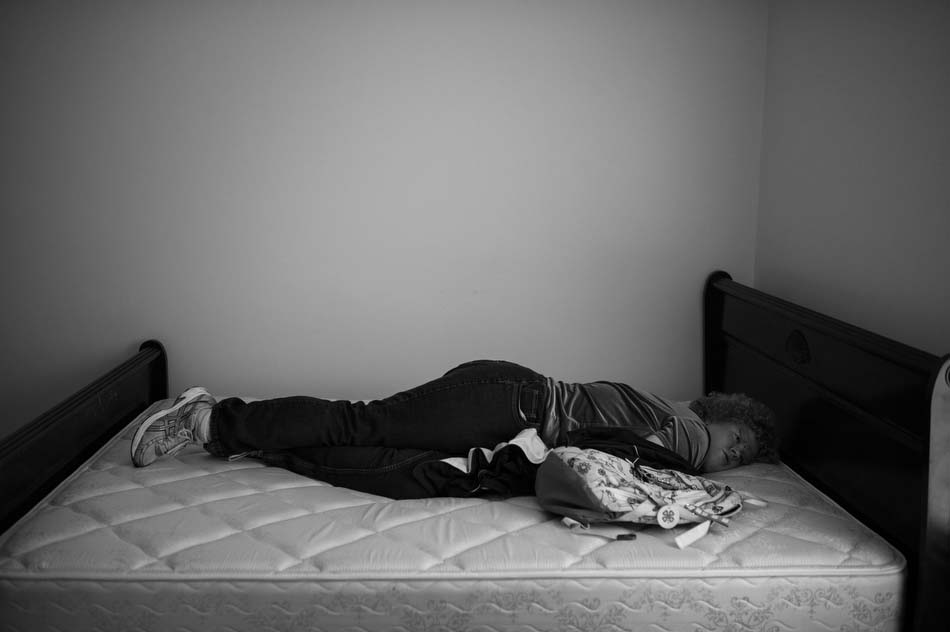
TID:
How did you handle and overcome these problems?
CAROLYN:
Well, for this situation specifically, I had to think about whether my purpose for taking those photographs was genuine and well-intentioned. If my purpose for making a sensitive photograph is genuine, well-intentioned and has been fully communicated with Casey and her family, then I logically should not have too many reservations about making those photographs. Of course I still do have reservations—I am probably overly sensitive—but I knew in that situation I was doing something that was necessary in order to do Casey's story justice and I just had to hope that Casey understood that.
TID:
You worked incredibly hard on this body of work. Can you speak to your work ethic and how you approach projects like this (and work ethic’s importance?)
CAROLYN:
Thats a big question! Frankly, I do not really know how to talk about my own work ethic. Broadly, when it comes to working on stories, work ethic should not even be a question. To me, when people like the Thayers give me their trust and allow me to photograph some of the most intimate and emotional aspects of their lives, it is without question my duty to be present in the moment with them every time I see them; to spend copious amounts of time maintaining that trust; to put thought into learning the subtleties of their story; and to sacrifice some of my own personal whims and desires in order to tell their story the way it deserves to be told.
TID:
What has surprised you about the work on this project?
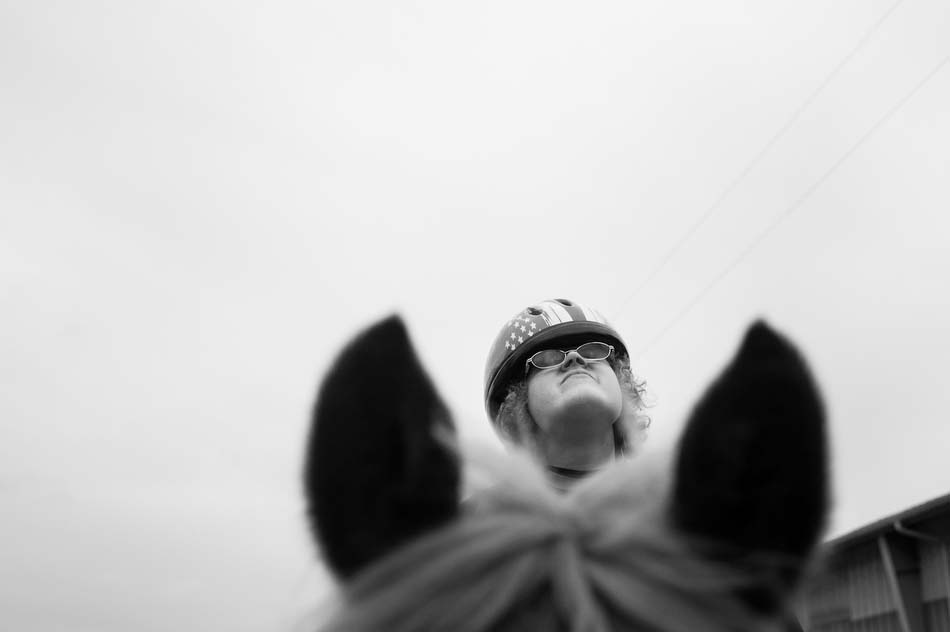
CAROLYN:
Every single day I am surprised by how open each person involved in this project has been. Just when I think that I am getting too deeply into a story and am going to be closed off to something, the people I am working with continue to open up. I don't think I will ever stop being surprised by that level of mutual trust and respect. Furthermore, the seemingly endless patience and resilience of those who are affected--directly or indirectly--by autism will always humble and deeply impress me. Their struggles and fights give great context for the challenges I face in my own life.
Although this anecdote does not relate to Casey's story specifically, I think a great example of this comes from another story in the World Within Our Own project. I met the O'Loughlin family two and a half years ago. At the time, their middle child, Marcus, was 8 years old and on the moderate to severe end of the autism spectrum. He would have tantrums that interrupted the family's daily life, but they could be, for the most part, controlled. When I came back to North Carolina after interning for a year, I started documenting the O'Loughlins again. In the time I was gone, Marcus had grown to be larger than his mother, Erin, and become violent towards Erin, his teachers and his siblings. He gave his teacher a concussion and frequently threatened Erin's safety. I was there making images as Marcus tried to pull Erin to the ground, tearing at her skin, punching and kicking so hard that he left holes in the walls of two rooms in their home.
It seems to me as though his actions were more out of intense frustration than sheer malice; however, it is hard to comprehend what Erin, as a mother, is going through when her own son is attacking her and her other two children. I have been with the family long enough to see this change in Marcus and in Erin. She continues to believe wholeheartedly in my purpose and the importance of telling her story even when the execution of that belief is incredibly difficult. That is what surprises me most, but it is also what I am most thankful for.
TID:
Now, onto the moment. Can you tell us specifically what was going on both here and in your mind leading up to the picture?
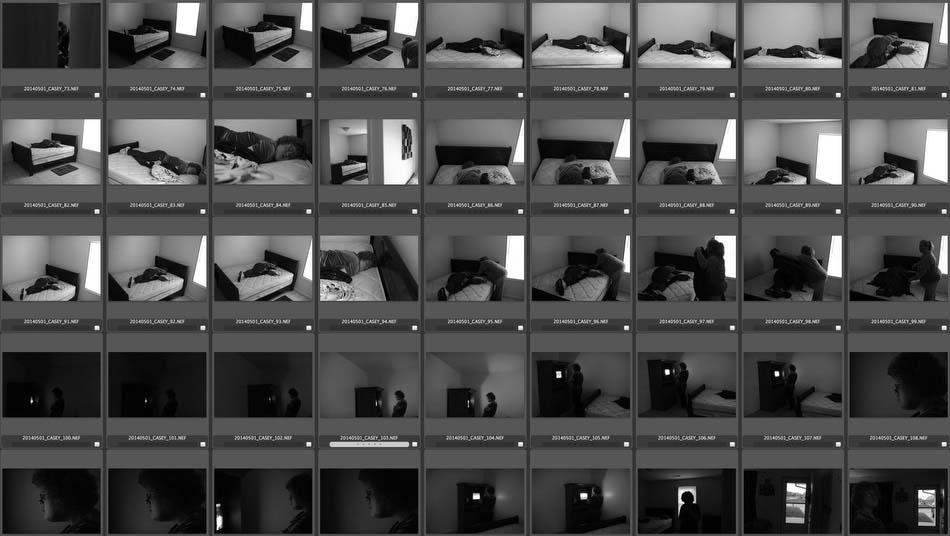
CAROLYN:
I have talked some about the scene building up to this moment, when Casey was splayed out on the bed, motionless for hours. Once she mustered the courage to get out of bed, she immediately looked for something familiar, as many of us do when in unfamiliar situations. Casey takes comfort in watching animated films on VHS tapes. She will stand inches away from the TV, entranced for hours and hours, occasionally giggling and humming in reaction to the movie.
Her parents tried to limit the time she spent watching television. However, part of her transition into the assisted living facility was a newfound independence and ability to make her own decisions about how she spends her time. Watching animated movies is exactly how she chooses to spend large parts of her days. I was looking for a way to visualize that newfound independence, but also the sadness and isolation that came with it. This image was my way of visualizing that.
TID:
What have you learned about yourself in the process of making these images?
CAROLYN:
This project has frequently been an emotional challenge for me—watching Marcus attack his mother, watching Doug and Janice let go of Casey, watching Jim’s denial as his parents fell ill. It is easy to lose sight of the importance of doing this project. Stories about autism are not new to the photojournalism world, so I am constantly trying to push past whats been done before and push past the clichés of developmental disability stories. I have to always remember that these stories are not really about autism, but actually about the individuals and their families.
I have learned the importance of being wholeheartedly committed to something because you personally know its importance, even when others do not always see the point. One story does not usually tell the larger narrative surrounding an issue; however, I truly believe in the power of individuals’ narratives to make others care. In the documentary “The Reporter,” New York Times columnist Nicholas Kristof talks about how the only way people can relate to and act upon a larger issue is through the stories of individuals. More eloquently, Mother Theresa said, “If I look at the mass, I will never act. If I look at the one, I will.” I did not find that film until two years after starting the project, but that idea is what I have been committed to when documenting issues surrounding autism.
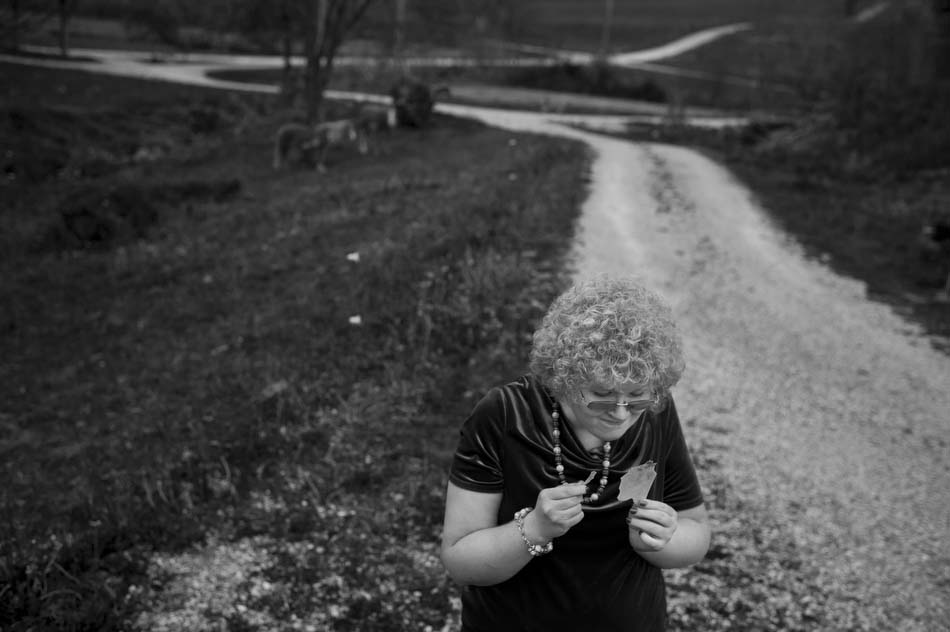
Each individual—Casey, Marcus, Jim and Jacob—and his or her story has taught me something different, changed my outlook on autism and on my own life, and helped me to grow as a journalist and human-being. Their persistence in the face of adversity motivates me to be persistent in telling their stories. Even if my project does not evoke sweeping change, I can still rest easy knowing that it gave each of them a voice.
TID:
What have you learned about others?
CAROLYN:
I talked a little about this previously, but I want to reiterate how open people generally are about having their stories told. I think that most people want to feel like they have more of a voice than their day-to-day allows them. They want to feel as though their story is important. They want to feel as though there are others out there who can relate to their situation. They want someone to listen. I think that those are very valid and important needs and feelings. To me, everyone’s story is important. There is always someone out there going through something similar who can relate. All they need is for someone to listen, to validate their feelings, to find importance in and give a voice to their story.
TID:
In conclusion, what advice do you have for photographers, especially as it relates to access?
CAROLYN:
It is immeasurably important to take a step back every once in a while and recognize the gravity of the responsibility given to you as a journalist documenting someone else's life. Gaining access is not a trophy to be won. Access is something that comes with time, patience, heartfelt interest and trust. For my larger autism project especially, it would be easy to get surface access with these families and then not try to build a relationship with the person who has autism. Casey and Marcus are nonverbal, on the severe end of the spectrum and frequently are lost in their own heads, not taking notice of the world around them. I could take beautiful surface-level photos of that all day, but that would not do them or their story justice. For people like Casey and Marcus who cannot communicate for themselves, I must be especially careful in how I portray them.
The only way to figure out how to tell stories about those whose life experiences are well outside your realm of knowledge and experience is to immerse yourself in the challenges they face, in their fight and in the issues that contribute to their situation. If you can show that you understand their personal story and genuinely want to tell it, they can begin to truly open up and trust you.
When documenting people with autism, I look for ways to show who they are beyond their diagnosis, how they see the world and how they are seen by the world. However, I think that thought process applies to absolutely anything we photograph. The stories we tell should not be about autism, but about people. People who have hopes and dreams and struggles. People who cry, tire, fight, triumph and love, just like the rest of us.

:::BIO:::

Carolyn Van Houten is a staff photographer at the San Antonio Express-News and a December 2014 graduate of The University of North Carolina at Chapel Hill. After growing up on a farm in rural North Carolina, she found her way to photojournalism through majoring in astrophysics. Photojournalism has taken her on journeys with an elderly couple in the Galapagos Islands, an exonerated man in Chicago, a family in Tampa affected by maternal incarceration, and several families coping with the difficulties of autism. Throughout college, Carolyn interned at The Chicago Tribune, The Tampa Bay Times, The Herald (Jasper, IN) and The White House. Her work has been recognized by the Hearst Journalism Awards, College Photographer of the Year, Magnum Photo’s 30 Under 30, the White House News Photographer’s Association, the Atlanta Photojournalism Seminar, the LUMIX Festival for Young Photojournalism, The Eddie Adams Workshop and has been displayed at The Metropolitan Museum of Art. However, she would much rather talk about her horse named Spike, her newfound love of Texas, or the many people who have been kind enough to allow her to tell their stories. Without them, none of this is possible.
You can see more of her work here:
Portfolio: www.carolynvanhouten.com
Instagram: @vanhoutenphoto
Twitter: @vanhoutenphoto